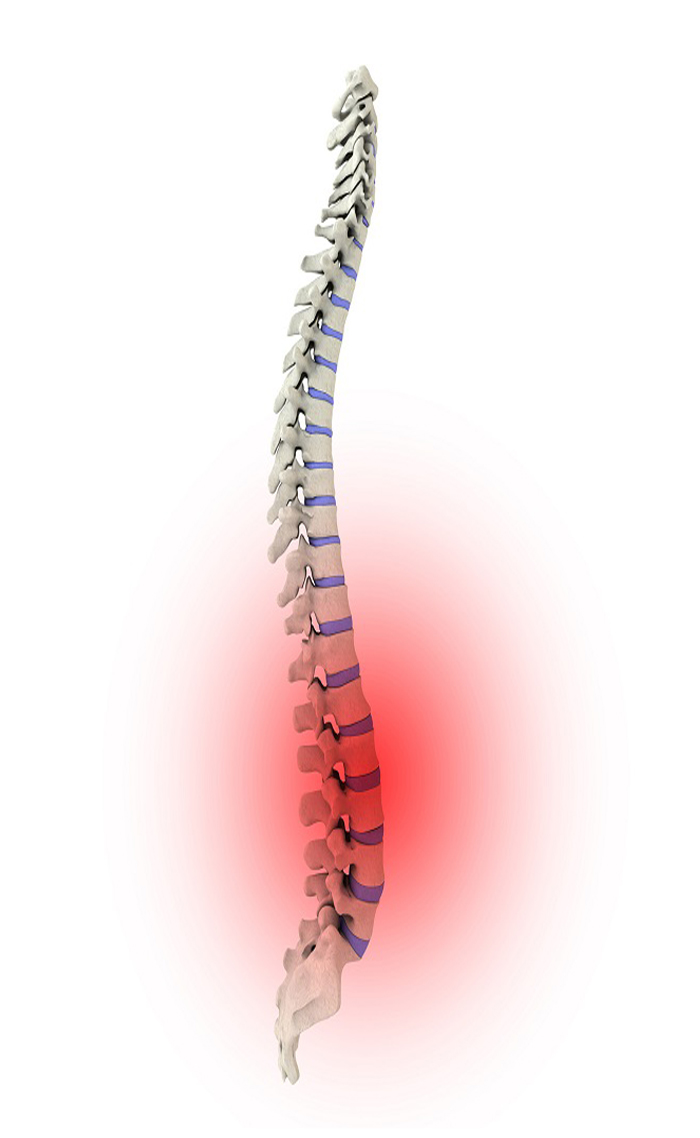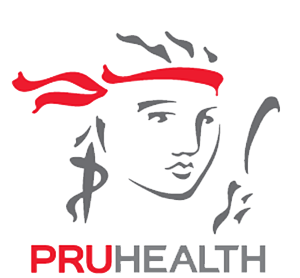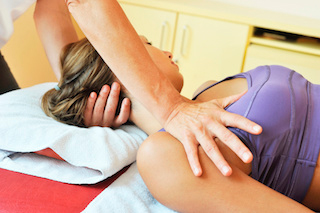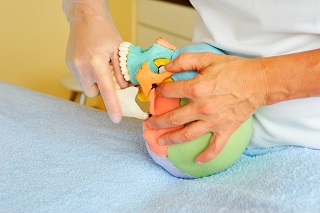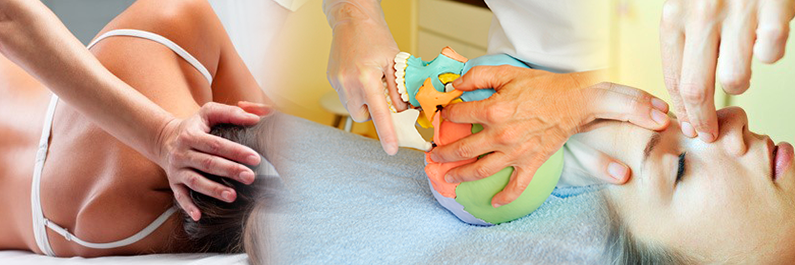
Cranial Osteopathy
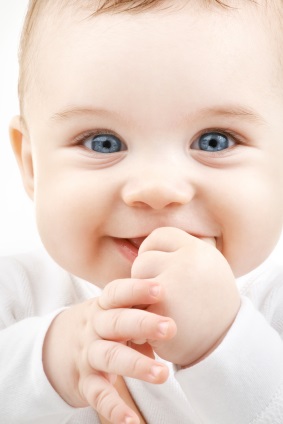
- Birth & early life
- Later in life
- How do cranial osteopaths work?
- When to have a cranial appointment
- How soon do I need to see the Cranial Osteopath?
- When would you have a cranial appointment?
Cranial Osteopathy is the treatment assisting developing cranial bones which makes up the skull in babies, young children and adults. A non invasive gentle palpation of the head. The hand contact is specific to cranial bones on the head to detect and treat.
Paediatric Osteopathy uses specific treatment techniques known as Cranial Osteopathy. This technique involves palpation, and detecting changes and movements in the bones. The general movement of the membranes, and the pulsatile flow of fluids, passing through structures and tissues. Although treatment is not, directly aimed at a specific point. Cranial Osteopathy emphasises treatment to areas where there is a disturbance and needs help.
Birth and Early in life
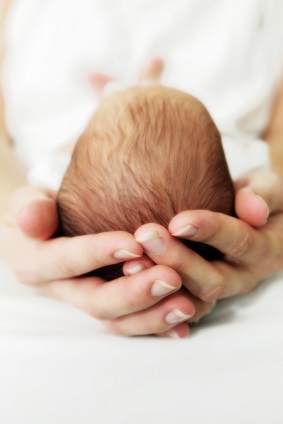
Life of the baby is supported in the womb until 40weeks of development triggers off the birthing process. The pulsatile contractions of the uterine walls forces the cranium down the birth canal facing danger that may lead to all kinds of cranial distortions whilst exiting into the world. This can put stresses on delicate bones, sutures compressed creating tension pressure in other parts of the body. Breech presentation to forceps delivery affecting the cranial bones and the cranial nerves.
This is why assessment of the cranium in a new-born baby will help normalise any problems for future growth and vitality.
Later in life
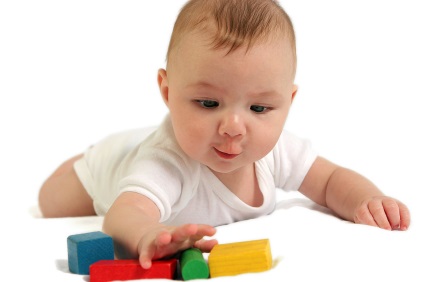
Cranial bone distortion in later life can happen in numerous ways. From minor falls and accidents to trauma and head injuries or just tension in head and neck to the sacrum. The outer layer of the spinal cord will contract and membranes of organ/system will adhere at sites of injuries from accidents. Later on this manifests into problems in various forms. Shock, fear to insomnia and digestion are just some of conditions cranial osteopathy can help with.
How do cranial osteopaths work?
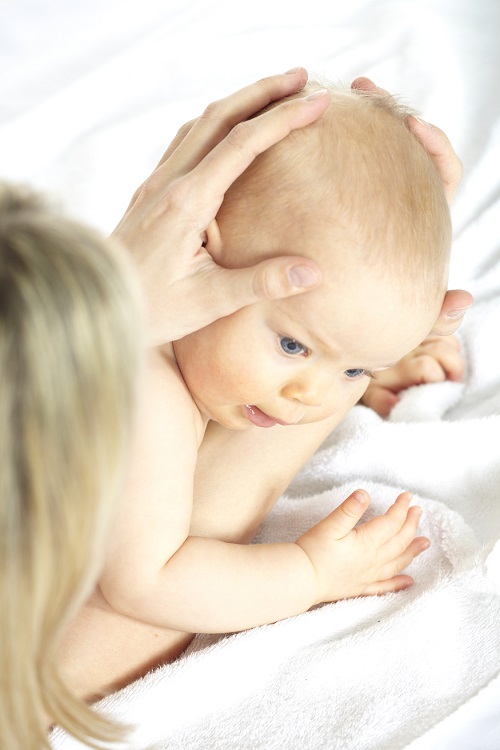
The cranial approach of osteopathic treatment is gentle safe and effective for babies and children. Very specific but skillfully light pressure is applied to cranium, where necessary to assist the natural ability of the body to release stress patterns and tension.
The guiding principle of Osteopathy is to assist the body to prevent and resolve diseases. Given the opportunity the body will sort itself out. Cranial Osteopathy shares the same principle by correction of older problems in adults and developing issues in babies and children.
Cranial Osteopathy is widely accepted in the treatment of children and babies with developing growth issues.
However its uses are broadly applied to people of all ages from new born to elderly. This is a non-invasive approach to treatment, yet extremely effective for acutely painful conditions and for some traumatic situations. Cranial treatment encourages the recovery by releasing tension patterns and torsional strains of fascia held in tissues throughout the body. The treatment application of cranial and sacral contact in can be beneficial in numerous ways.
Cranial osteopathy is used in treating some delicate health problems in acute and pre-existing conditions:
- Pain around the head/cranium
- TMJ problems (jaw pain)
- Tension in tissues of the spine
- Muscular & joint pain
- Relief of tissues in low back pain
- Facial Pain from nerves
- Cranial Osteopathy can also help with the impact of the shock
- Trauma from violence (as victim or accidental) or falls
- Sporting injuries in tissues old or new. Helping tight muscles and fascia to relax
- Children with disturbed sleep with tension held within the neck
- Birth trauma Forceps delivery
- Congestion; sinuses, lymphatics : Nasally (runny nose) colds, constipation
- Digestive issues in the young child helped
- Immunity established with growth of the bodies systems
Modern day lifestyle challenges pose threat of heightened stress levels to our health.
Finding ways to cope can be difficult. Cranial osteopathy helps the body to relax bringing with it a sense of calmness from within. When shock manifests in the body from physical / emotional trauma, sometimes the body will struggle to dissipate the impact of the shock. Resulting in the tissues holding onto the after effects by contracting and adhering. This causes disturbances in the tissues if not detected altered organ/system physiology. This may be expressed as outward behaviour of anger, depression, or insomnia and stress in adults. In children it may be behavioural issues, bad dreams, bed wetting in sleep or fright and irritability and so on. This abnormal flow of restrictive motion in the areas of the body, whether it be in the cranial bones themselves or their sutures, or other underline tissues of the body. The impact of the shock can be displayed.
Cranial osteopaths use the palpatory approach to detect subtle changes, at sites in the body where disturbance may be present. Hence some people describe the treatment so gentle, during the session they almost fall asleep.
When to have a cranial appointment
An Osteopathic check-up is always advisable for the new born babies. There is no minimum age, usually the sooner the better as the membranes are easier to release.
Health problems can be caused by number of factors including environment, bacterial, viral, organism, nutritional imbalances and allergies and musculosketal. When the body is more in alignment, it can deal with these outside influences more efficiently.
The benefits of Osteopathy for children:
- Developmental Problems
- Recurrent Infections (coughs/colds)
- Education and prevention of future musculoskeletal problems
- Physical treatments and exercise help strengthen weak tissues and joints in children
- Postural awareness and gait
- Constipation & Bowel problems
- Improving sleeping patterns
- Maintaining weight with growth issues
How soon do I need to see the Cranial Osteopath?
Often the sooner the better, especially if the baby has experienced birth trauma in delivery. Normally parents are given the opportunity to bond with the child. If this is second or third child the mother knows what to expect. New parents are can be anxious so we ask them to firstly familiarise with the baby's normal routines, noises, feeding, sleeping habits etc. This may take two to four weeks. Get to know what is normal for your baby! Then any concerns can be suggestive for a cranial osteopathy appointment. The mother tends to know when the baby's health is struggling. The midwives and pediatricians should be consulted if in doubt, prior to attending for the appointment.
Consultation
On the first visit, a detailed medical history of child will be discussed with the parents. The mother will be consulted for information on how the birthing process and any complications involving of the arrival of the baby. A medical examination of bones will be conducted. This helps with assessing nature of symptoms experienced and present. Questions of the birth and post birth, and general development of health and growth.
- First Appointment: 45 Minutes
- Follow-up Session: 30 Minutes
When would you have a cranial appointment?
An Osteopathic check-up is always advisable for the new born babies. There is no minimum age, usually the sooner the better as the membranes are easier to release. Health problems can be caused by number of factors including environment, bacterial, viral, organism, nutritional imbalances and allergies and musculosketal. When the body is more in alignment, it can deal with these outside influences more efficiently.
Mothers can also benefit from a check up to help release stress within the pelvic cavity. Often the postural changes during the pregnancy will determine how well the mother will cope with labour. Enormous physical and chemical change takes place over a relatively short period of time. The mothers body makes adaptations of carrying anything from 15-20lbs of baby weight which is reflected changes in the mother's body and posture. Stress patterns during the pregnancy and later after birth arise. Low back pain, to upper thoracic spine discomfort from lifting and feeding the baby. Certain pelvic dysfunctions in the mother may arise from complicated births, particularly in sitting cross legged to upright walking and sleeping postures in severe cases pain remains and gets worse after giving birth. Here mothers would benefit from seeing the osteopath. Many mothers are too embarrassed and simply suffer silently, not realising they can be helped by seeking osteopathic advice and treatment.
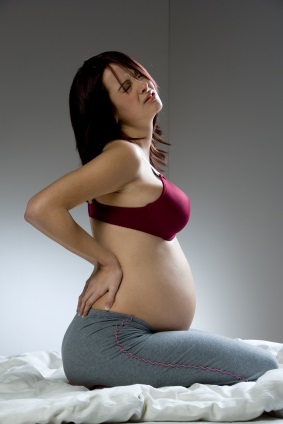
Benefits of osteopathic treatment for mothers
- Assist musculosketal aches and pains in back, neck and shoulder
- Groin and pain associated with pubic symphysis
- Osteopathy helps nausea vomiting & heartburn
- Sciatica, low back pain
- Provide advice on breathing and stretching exercises during pregnancy to maintain wellbeing
- Awareness of Gait/Mobility
- Prepares the way to healthy and trouble free child birth
- Helping to regain strength and flexibility to ease recovery after the birth
- Correction of any twist or strains left in the pelvis after the birth
I am always happy to answer any questions you may have. Call me today on 07711 265500, or please send an email to, nita.mistry@btinternet.com for more information or text me with your enquiry followed by your name and contact number.
Most people consult osteopaths privately. Many private health insurance schemes give benefit for osteopathic treatment. Some companies will reimburse the total fee that you have paid for treatment, others only a percentage. Most companies require a GP or specialist referral. All insurance companies have helplines. Patients are advised to check the terms and conditions with their health insurance provider prior to having treatment and placing a claim.


